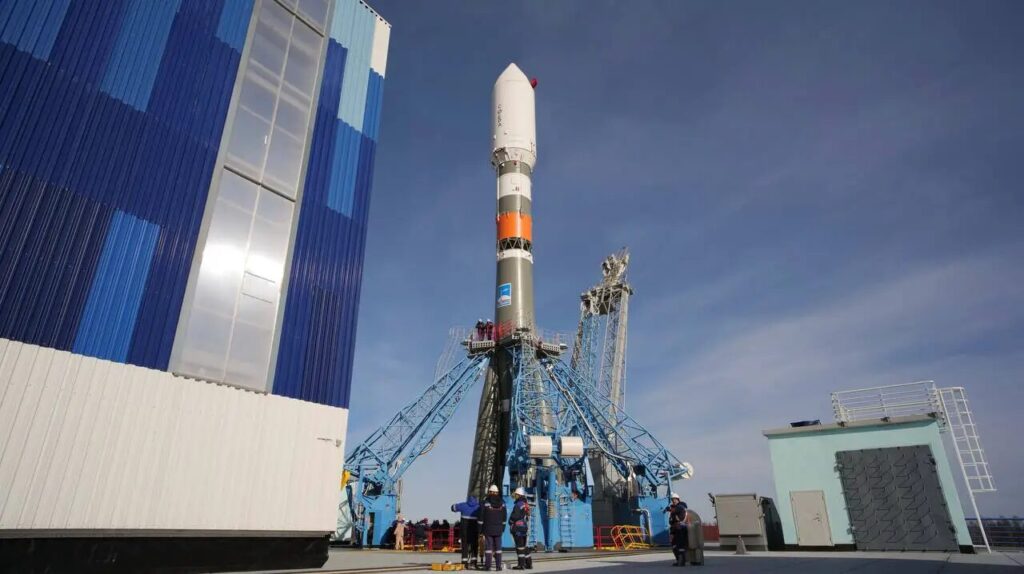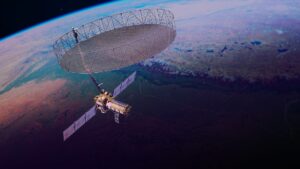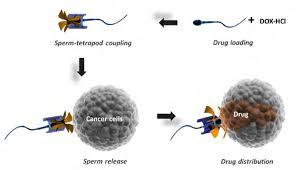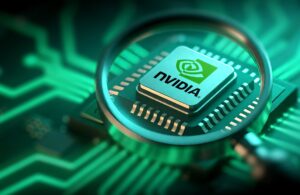Russia just sent its Bion-M No. 2 biosatellite into orbit today, August 20. This little “Noah’s Ark” of science is carrying 75 mice, over 1,000 fruit flies, some cell cultures, and even samples of simulated moon dust. It’s heading up on a 30-day journey to study how space affects living beings and materials—and it feels straight out of a sci-fi storyboard. (Space.com)
A Peek Inside the Payload
The mission isn’t just about transporting creatures for the sake of it. Scientists want to understand how space radiation and microgravity affect biology—especially vulnerabilities to radiation. The moon simulants onboard add another layer—they’ll help researchers see how lunar-like materials respond to space conditions, which is useful for future Moon missions.
Why I Find This Interesting
I always love space research that blends biology and future exploration. Sending actual organisms, then combining that with lunar dust, is a neat way to kill two birds with one rocket. It’s like building the toolbox for long-term human and robotic presence beyond Earth.
Source:
Space.com (Bion-M No. 2 biosatellite details)




